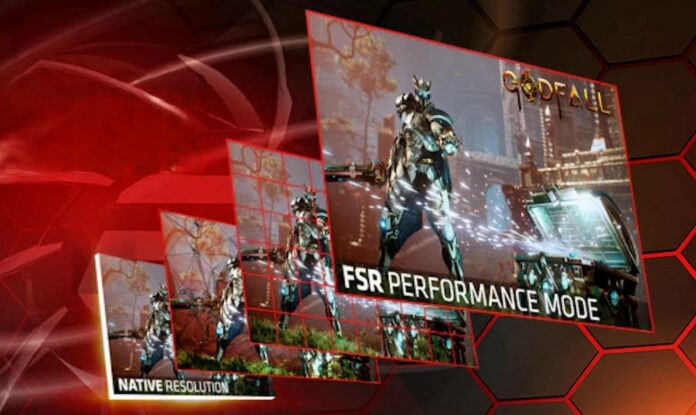AMD may soon catch Nvidia’s upscaling quality as it plans to leverage AI with its upcoming FSR 4. This could become the most striking generational improvement for its upscaler if done correctly.
FidelityFX Super Resolution (FSR) originally debuted three years ago as a great alternative to Nvidia’s DLSS since it didn’t require specific hardware to run. Though not as good as the competition, FSR improved over time through multiple versions, the latest of which brought the much-awaited Frame Generation. Try as it might, though, FSR 3 failed to live up to DLSS, as Team Green maintained the higher ground thanks to the use of AI.
Delivering better image quality and stability is paramount, as it’s easy to spot artefacts like ghosting while gaming. They are caused by the temporal aspect of FSR, which uses data from previous frames. I am especially sensitive to this limitation, which has pushed me to disable FSR on multiple occasions unless I really need that extra performance.
Thankfully, starting with FSR 4, AMD plans to give AI a try in the hope of catching and maybe beating Nvidia in its own game. Alongside its AI upscaling algorithms, AMD will also focus on improving gaming handheld performance and battery life through frame generation and interpolation. The idea is to double the frame rate without increasing the GPU load, thus saving battery.
AMD’s senior vice president, Jack Huynh, explained the company’s reasoning behind the change in direction at IFA 2024. In response to Tom’s Hardware, he said, “Because FSR 2 and FSR 3 were analytical-based generation. It was filter-based. Now, we did that because we wanted something with a very fast time to market. What I told the team was, “Guys, that’s not where the future is going.” So we completely pivoted the team about 9-12 months ago to go AI-based.”
This indicates Team Red is already deep in the development phase, meaning we may get FSR 4 alongside the launch of Radeon 8000 GPUs. That said, it’s unclear if this AI-based solution will be widely supported like previous FSR versions or if AMD will make it exclusive to new GPUs. Perhaps AMD will go the Intel way, which offered two variants of its XeSS technology, one universal and another only running on Arc’s XMX hardware accelerators. Regardless, this could attract gamers to Radeon 8000 cards despite the rumoured lack of high-end models.
I surely hope FSR 4 will be fully compatible with existing hardware. Many handhelds and laptops are already powered by AMD/Radeon chips, and this would give them an extra boost. We should learn more about the upcoming upscaler’s capabilities and limitations soon since Radeon 8000 are expected to be released early next year.


